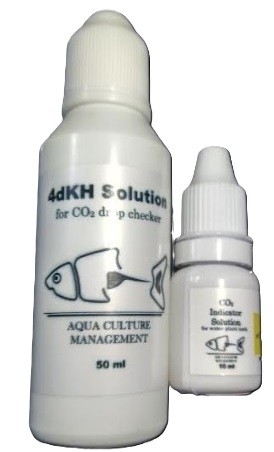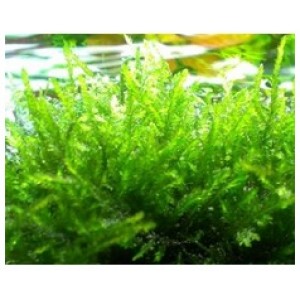You have no items in your shopping cart.
Details
4dKH CO2 Drop Checker Indicator Solution – Precision Water Parameter Control
4dKH CO2 Drop Checker Indicator Solution is designed for accurate monitoring of carbon dioxide levels in aquatic environments. This dual-pack solution (50 ml + 10 ml) allows hobbyists and aquaculture professionals to maintain ideal CO₂ concentrations for fish health and plant growth.
High CO₂ levels can impair fish respiration and reduce oxygen-carrying capacity, leading to long-term health issues. This solution helps prevent hypercapnia and acidosis by providing real-time visual feedback through drop checker devices.
Usage Instructions:
- Fill drop checker with 4dKH solution and place inside aquarium or pond
- Observe color change to determine CO₂ concentration
- Replace solution every 2–4 weeks for consistent accuracy
Key Benefits:
- Maintains optimal CO₂ levels for aquatic life
- Improves water quality and fish welfare
- Easy-to-use with clear visual indicators
- Supports healthy plant growth in aquascapes
Specifications:
- Pack Size: 50 ml + 10 ml
- Application: CO₂ monitoring in aquariums, ponds, aquaculture
- Compatibility: Standard drop checker devices
- Frequency: Replace every 2–4 weeks
CO2 drop checker, 4dKH solution, aquarium CO2 indicator, pond CO2 monitoring, aquaculture water quality, fish health, hypercapnia prevention
- Product Description
-
Details
4dKH CO2 Drop Checker Indicator Solution – Precision Water Parameter Control
4dKH CO2 Drop Checker Indicator Solution is designed for accurate monitoring of carbon dioxide levels in aquatic environments. This dual-pack solution (50 ml + 10 ml) allows hobbyists and aquaculture professionals to maintain ideal CO₂ concentrations for fish health and plant growth.
High CO₂ levels can impair fish respiration and reduce oxygen-carrying capacity, leading to long-term health issues. This solution helps prevent hypercapnia and acidosis by providing real-time visual feedback through drop checker devices.
Usage Instructions:
- Fill drop checker with 4dKH solution and place inside aquarium or pond
- Observe color change to determine CO₂ concentration
- Replace solution every 2–4 weeks for consistent accuracy
Key Benefits:
- Maintains optimal CO₂ levels for aquatic life
- Improves water quality and fish welfare
- Easy-to-use with clear visual indicators
- Supports healthy plant growth in aquascapes
Specifications:
- Pack Size: 50 ml + 10 ml
- Application: CO₂ monitoring in aquariums, ponds, aquaculture
- Compatibility: Standard drop checker devices
- Frequency: Replace every 2–4 weeks
CO2 drop checker, 4dKH solution, aquarium CO2 indicator, pond CO2 monitoring, aquaculture water quality, fish health, hypercapnia prevention
- Product Tags













